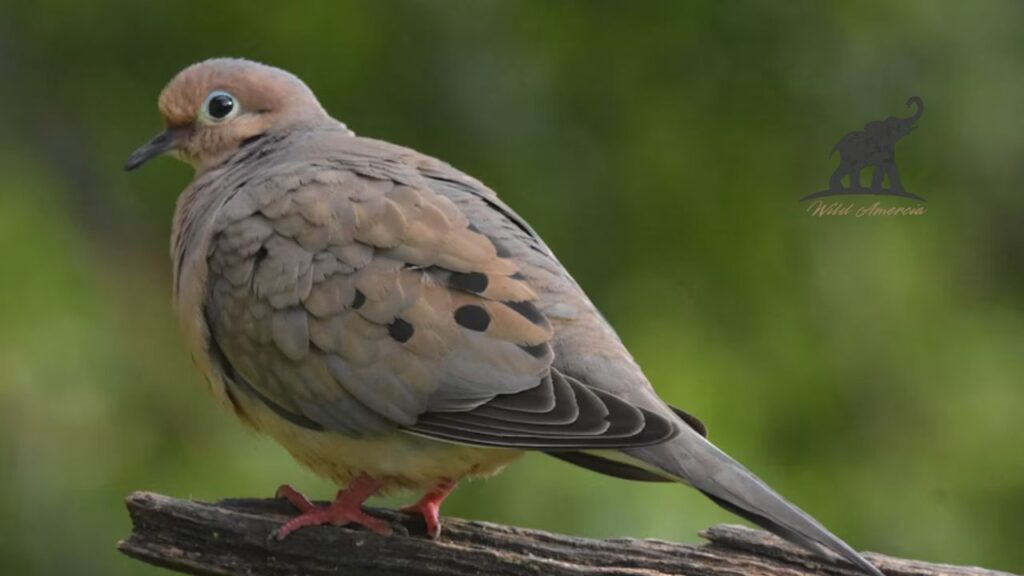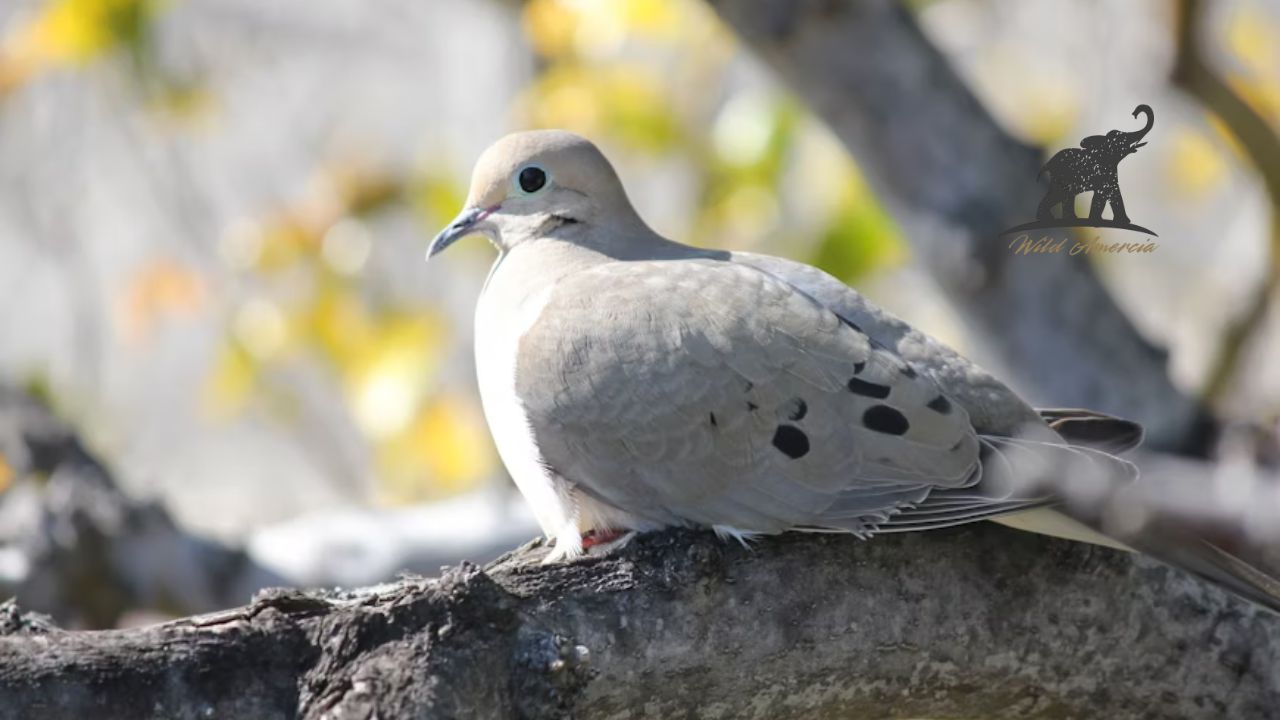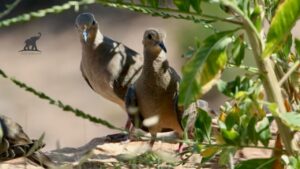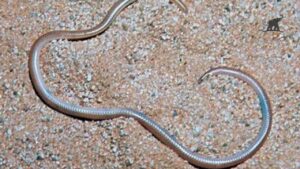Mourning doves, with their soft coos and gentle nature, are a favorite among bird lovers across the world. Whether they’re fluttering through backyards or living in aviaries, these fascinating birds offer a unique glimpse into avian life. But what exactly is the Mourning Dove Lifespan, and how does it differ in the wild versus captivity? If you’re curious about their care, diet, or how long they live, you’re in the right place!
Below, we’ve created a detailed guide to help you explore everything there is to know about the Mourning Dove Lifespan and how you can care for these peaceful creatures
How Long Do Mourning Doves Live?
Lifespan in the Wild
The Mourning Dove Lifespan in the wild is relatively short due to various challenges like predators, harsh weather, and food scarcity. On average, mourning doves live around 1.5 years, with many not surviving their first year. However, some defy the odds and can live up to 5 years in rare cases.
Mourning Doves as Pets
In captivity, the Mourning Dove Lifespan is significantly longer. With proper care, they can live between 4 to 5 years, and some even exceed this range under ideal conditions. Pet mourning doves are protected from the dangers of the wild, allowing them to thrive
Caring for Mourning Doves as Pets
Habitat Setup

Creating the right environment can help extend the Mourning Dove Lifespan. Here’s what your feathered friend will need:
- Cage Size: Use a large flight cage
- Lining: Soft paper or corn cob granules make cleaning easy.
- Accessories: Add perches, water bowls, and nesting materials
Pro Tip: Mourning doves are social birds. To improve their quality of life and potentially their Mourning Dove Lifespan, consider keeping them in pairs or small groups.
Diet and Feeding
A balanced diet plays a crucial role in the Mourning Dove Lifespan. These birds are granivores, meaning their diet primarily consists of seeds and grains.
- Staple Foods: High-quality seeds like millet, sunflower seeds, and safflower seeds.
- Supplements: Crushed oyster shells or grit help with digestion.
- Treats: Occasionally offer chopped vegetables or mealworms.
Remember to monitor their portions, as overeating can lead to obesity and negatively affect the Mourning Dove Lifespan.
Health Checks
Even though mourning doves are tough birds, regular checkups can ensure that they live a long and healthy life. Observe for changes in droppings, lethargy, or ruffled feathers. An excellent way to stay ahead of potential issues is to pay an annual visit to an avian veterinarian.
Common Health Issues:
- Respiratory infections (symptoms: nasal discharge, wheezing).
- Mites or lice infestations.
- Calcium deficiency in egg-laying females.
Mourning Doves in the Wild
Diet in Their Natural Habitat

In the wild, the diet of mourning doves plays a key role in their Mourning Dove Lifespan. These birds forage on the ground for grass seeds, grain crops, small fruits, and occasionally insects or snails.
Provide a birdbath or scatter seeds on a flat surface to entice them to your backyard. They can have a significant impact on their health and Mourning Dove Lifespan if they eat well.
Seasonal Challenges
Seasonal changes also influence the Mourning Dove Lifespan. In winter, food becomes scarce, prompting many doves to migrate south. Others rely on bird feeders to survive colder months.
Did You Know? Mourning doves can eat up to their body weight in seeds daily – that’s a lot of energy fueling their Mourning Dove Lifespan!
FAQs about Mourning Dove Lifespan
1. Do mourning doves make good pets?
Yes! They are gentle and easy to care for, making them excellent pets. Providing the right environment and diet is key to ensuring a long Mourning Dove Lifespan.
2. How can I tell the age of a mourning dove?
Younger doves have fluffier, paler feathers. Adults develop a smoother, more polished appearance over time, though determining an exact age is tricky.
3. Are mourning doves protected by law in the USA?
Yes, wild mourning doves are protected under the Migratory Bird Treaty Act. This means capturing or harming them without a permit is illegal.
4. What do baby mourning doves eat?
Baby doves, or squabs, are fed “crop milk,” a nutrient-rich secretion their parents produce for their first few weeks.
5. Can I release a pet mourning dove into the wild?
No, releasing a captive bird could drastically shorten their Mourning Dove Lifespan, as they may lack the skills to survive in the wild.
Final Thoughts
Anyone who is interested in these graceful birds needs to have a solid understanding of the Mourning Dove Lifespan. Whether you’re admiring them in the wild or caring for one as a pet, proper knowledge about their needs, diet, and care can make all the difference.
With the right environment, attention to their diet, and regular check-ups, you can help your pet mourning dove live a long, healthy life. Their soft coos and gentle presence are sure to bring peace and joy to your home while enriching your connection to nature.
Admin Recommendation
Cottonmouth Snakes in North Carolina (NC): Key Facts
The Fascinating World of Arctic Fox Fur
Experience the Majesty of Elk and Bison Prairie, KY
Cottonmouth Snakes in North Carolina (NC): Key Facts
Bald Eagle Spiritual Meaning: A Guide to Symbolism and Significance
The Appealing Charm of Ragdoll Kittens
Where to Find Arctic Fox Fur in AC Valhalla
The Barbados Threadsnake: Unveiling the World’s Smallest Snake
American Eskimo Dog: A Comprehensive Guide to This Charming Breed
Discovering Acadia National Park Wildlife
Spotted Salamanders: Nature’s Hidden Gems
Baby American Crocodile: Fascinating Facts About The Next Generation
The Fascinating World of the Albino Wild Turkey
American Bulldog puppies: Full of life, loveable and loyal
Baffin Polar Bear: A Journey into the Arctic’s White Majesty












